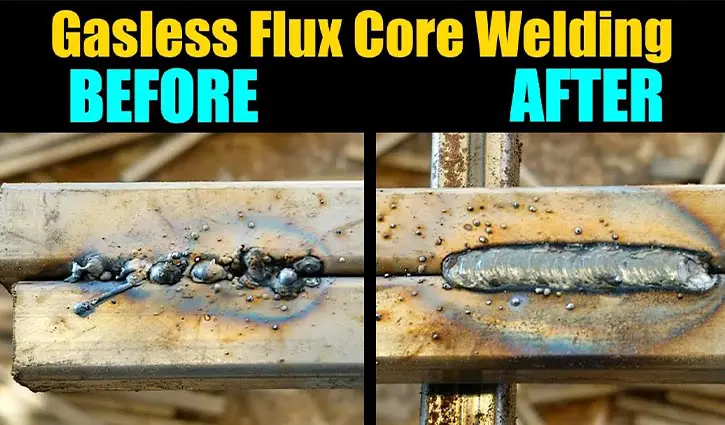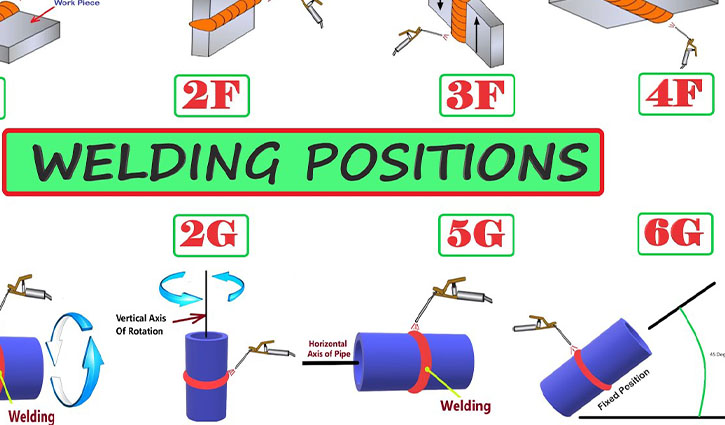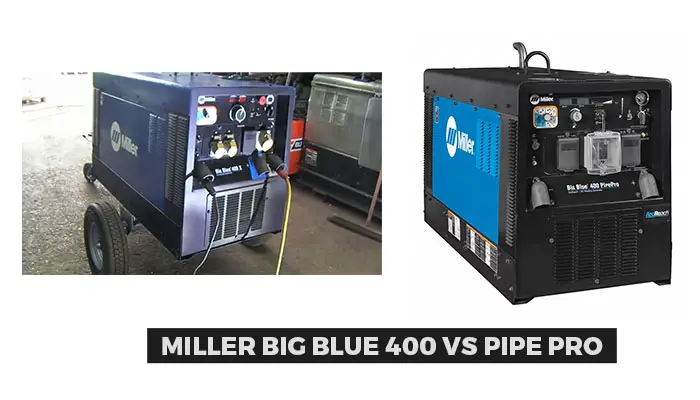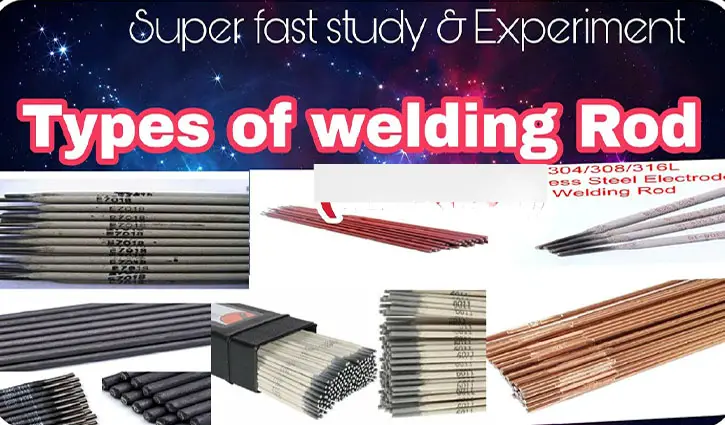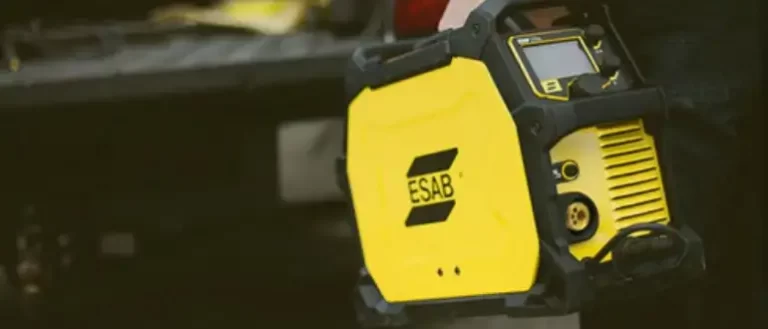Lincoln Viking 3350 vs ESAB Sentinel A50: Unveiling the Best Welding Helmet for Professionals
In the realm of professional welding, the right gear can make all the difference in performance and protection. Two highly praised helmets in the industry are the Lincoln Viking 3350 and the ESAB Sentinel A50, each boasting their own set of innovative features tailored to meet the rigorous demands of welding professionals. With a focus on clarity, comfort, and cutting-edge technology, these helmets are crafted to enhance the welding experience while ensuring safety.

A closer analysis of these helmets reveals a range of capabilities that cater to different preferences and work environments. The Viking 3350 is renowned for its superior optical clarity and large viewing area, which is pivotal for precision work. Conversely, the ESAB Sentinel A50 stands out with its futuristic design and user-friendly interface, which appeals to welders who favor high-tech gear. Moreover, each helmet serves distinct needs that go beyond mere aesthetics, diving into aspects like lens shade variety, weight distribution, and durable build quality.
Table of Contents
Key Takeaways
- The Lincoln Viking 3350 and ESAB Sentinel A50 are top-tier welding helmets with unique features.
- Optical clarity and viewing area size are significant considerations for precision welding tasks.
- High-tech design and intuitive controls distinguish ESAB Sentinel A50 in the welding helmet market.
Comparative Analysis of Lincoln Viking 3350 and ESAB Sentinel A50

In choosing between the Lincoln Viking 3350 and the ESAB Sentinel A50, we examine critical aspects such as design, optical quality, and functionality to inform your decision.
Design and Comfort
The Lincoln Viking 3350 boasts a comfortable fit with its X6 Headgear, designed for reduced pressure and optimized balance. The ESAB Sentinel A50, with its ergonomic, halo headgear, complements the helmet’s low weight and unique shell shape for increased comfort.
Optical Features and Viewing Quality
Both helmets excel in visibility; the Lincoln 3350’s 4C Lens Technology minimizes the green tint, enhancing clarity and contrast, while the ESAB A50’s auto-darkening lens provides a broad viewing area and superior optical clarity.
Functionality and Performance
Functionality is key; the Viking 3350’s external grind mode button and intuitive digital controls stand out. The Sentinel A50 offers a streamline design with its touch screen LCD and features like its twilight function that eases the eyes after welding stops.
Safety and Protection
When it comes to safety, both welding helmets offer top-notch eye protection from arc flash with different auto-darkening shades and multiple sensors. They’re suitable for various welding processes, including TIG, ensuring your eyes are safeguarded.
Convenience and Durability
I consider the materials and added features for convenience. The durable material of the Viking 3350 ensures longevity, while the Sentinel A50 has a handy external grind button and easy battery replacement which can be pivotal for professionals on the go.
Technology and Innovation
Cutting-edge features define the A50’s high-tech approach, with its touch screen control panel and sleek design. The Viking 3350’s 4C technology and 5-sensor array provide a high-tech experience tailored for precision and control.
Market Considerations
In evaluating the best welding helmet for your needs, consider the Viking 3350 if budget is a concern; it offers clear lenses and robust functionality at a competitive price. Alternatively, the A50 appeals to those valuing design and innovation, delivering top-tier technology for the discerning welder.
Specifications and Usage
As a welding enthusiast, I find the Lincoln Viking 3350 and ESAB Sentinel A50 helmets to be impressive in their respective offerings, tailored for professional welders. Both feature advanced technologies for superior clarity and safety during various welding processes.
Specific Technologies Explained
The Lincoln Viking 3350 leverages 4C Lens Technology, enhancing visibility and reducing eye strain. Meanwhile, the ESAB Sentinel A50 boasts its revolutionary ClearLight Lens Technology, which provides a clearer light state and improves contrast and clarity during welding tasks.
Adaptability in Various Welding Applications
Both helmets excel in different welding applications, including MIG, TIG, and stick welding. The Viking 3350 is known for its versatility, while the Sentinel A50 is celebrated for its adaptability, providing welders with comfort and clarity in varied conditions.
Headgear Mechanics and Adjustability
Ergonomics play a critical role in using welding equipment. My Sentinel A50 features a five-point headgear that I can adjust for comfort, and the Viking 3350’s headgear design provides balanced weight distribution, important for long welding sessions.
Power Sources and Battery Management
The Viking 3350 and the Sentinel A50 both use replaceable batteries with long battery life. This ensures I don’t frequently interrupt my work to change batteries, a crucial factor for my productivity.
Additional Features and Customization
Both helmets offer memory settings and external grind buttons for ease of switching between modes. This kind of customization ensures that professional welders can optimize the helmets for their specific needs and preferences.
Warranty and After-Sales Support
A strong warranty reinforces trust in these products. My ESAB Sentinel A50 comes with a three-year warranty, while the Lincoln Viking 3350’s warranty offers a similar assurance of quality and after-sales support.
Environmental Factors and Ventilation
Protecting against radiation and providing efficient ventilation are vital. Both helmets offer features that minimize the risk of exposure while ensuring a breathable environment, enhancing safety and usability during the welding process.
Frequently Asked Questions
In this section, I answer common questions about the two popular welding helmets: the Lincoln Viking 3350 and the ESAB Sentinel A50.
What are the main differences between the Lincoln Viking 3350 and the ESAB Sentinel A50 welding helmets?
The main differences lie in the lens technology, with the Lincoln Viking 3350 offering 4C lens technology for clear vision, while the ESAB Sentinel A50 provides a more futuristic design with a touch-screen panel for controls.
Which helmet offers better clarity, the Lincoln Viking 3350 or the ESAB Sentinel A50?
For clarity, many users find the Lincoln Viking 3350’s 4C lens technology superior, enhancing visibility and reducing eye strain.
What are the professional welders’ opinions on the Lincoln Viking 3350 compared to the ESAB Sentinel A50?
Professional welders generally regard both helmets highly, emphasizing the Viking 3350 for comfort and the Sentinel A50 for its modern controls and sleek design.
How does the ESAB Sentinel A50 compare to the newer ESAB Sentinel A60 model?
The ESAB Sentinel A60 is an upgrade with improved headgear for comfort and a clearer lens, but retains the A50’s admired design elements.
Are there significant differences in the weight and comfort of the Lincoln Viking 3350 versus the ESAB Sentinel A50 welding helmets?
The Lincoln Viking 3350 is often praised for its lightweight build and comfortable fit, which some find preferable for longer welding sessions compared to the Sentinel A50.
Final Words
In my assessment, both the Lincoln Viking 3350 and the ESAB Sentinel A50 are leading welding helmets, each with distinct features catering to different preferences. Whether prioritizing optical clarity or comfort, my guidance leans towards choosing based on individual needs and usage scenarios.

